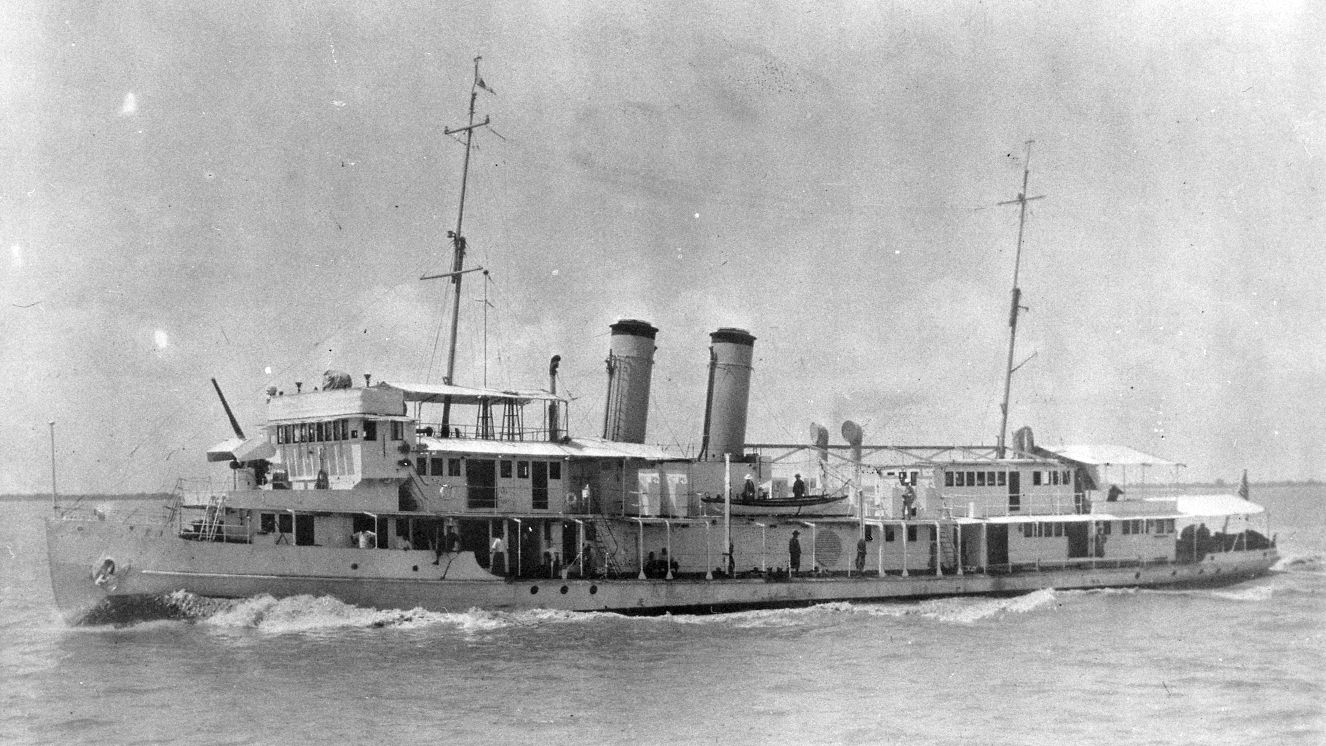SELECTIVE SERVICE ACT OF 1917: TRANSFORMING U.S. MILITARY POLICY

The Selective Service Act of 1917 was a big help in improving the country’s military mobilization. Throughout World War I, there was an urgent need to expand the number of troops, and this act provided the ideal means of doing so. For the first time, a draft system was implemented to require men to be on military duty through this act.
The law also set a standard for how our country should treat our service members during and after any conflict. The effect of this law helped the country become more prepared for any war by improving the military’s recruitment efforts. The 1917 act also helped future generations be more aware of the importance of serving the country when conflicts occur.

Origins of the Selective Service Act of 1917
President Woodrow Wilson promised to use all of the country's substantial material resources to assist their allied countries in defeating the Central Powers when he addressed Congress on April 2, 1917, to deliver his war message. However, the U.S. was not immediately able to supply the Allies with the new troops they badly needed to relieve their exhausted men on the Western Front battlefields.
Wilson worked to increase military readiness throughout 1916. However, the United States had only a small volunteer army of about 100,000 men who were not prepared for the conflict occurring in Europe by the time Congress declared war.
Wilson felt that mandatory military service was the most democratic method of enlistment and pushed the government to implement it to address this issue. Wilson signed the Selective Service Act into law on May 18, 1917, after Congress passed it. All American men between the ages of 21 and 30 were compelled by the statute to register for military duty. Ten million males nationwide enrolled in response to the military draft in a matter of months.
America's Military Surge in WWI
Under Commander-in-Chief General John J. Pershing, the American Expeditionary Force (AEF) began sending troops to Europe in June 1917. However, it wasn't until almost a year later, in the late spring and summer of 1918, that the AEF started to play a significant role in the fighting in France.
By that time, Russia had left the war because of an internal revolution, and the Germans had launched a new and aggressive offensive on the Western Front. Most of the new conscripts still needed to be mobilized, transported, and trained. Around 24 million men had registered under the Selective Service Act by the end of World War I, and about 2.8 million had been drafted.

Selective Service Draft Changes: WWII to Vietnam War
President Harry S. Truman advocated for an extension of the draft when the Selective Training and Service Act ended in March 1947. He claimed that the peacetime army was unable to recruit the necessary troops to fulfill its international obligations. The Selective Service Act was reenacted in June 1948 when Congress complied.
In early 1949, the Selective Service System unofficially suspended the act with a draft holiday due to an overwhelming number of volunteers. The act was supposed to expire in June 1950, but Congress decided to extend it for an additional year because of the start of the Korean War that month.
All males between the ages of 18 and 26 were obliged to register for the draft when the Selective Service Act was reauthorized in 1951 as the Universal Military Training and Service Act. During the Korean War, more than 1.5 million men were enlisted, and between 1954 and 1961, another 1.5 million were enlisted.
Protests and Legal Battles During The Vietnam Era
The Selective Service Act of 1917 came under fire as the United States' involvement in the Vietnam War grew. Over the past ten years, a number of deferments based on academic standing or family status have been implemented. The merits of a specific deferment request were reviewed by an inductee’s local Selective Service board in a procedure that was extremely subjective.
President Lyndon B. Johnson ordered a study to enhance the Selective Service System in 1966 as a result of these discrepancies and the escalating antiwar sentiments. Although the deferral system was improved by the ensuing legislation, the Military Selective Service Act of 1967, it did little to quell public opposition to the draft.
As a form of public protest, war opponents have increasingly resorted to shredding their Selective Service registration certificates, often known as draft cards. The U.S. Supreme Court held in United States v. O'Brien (1968) that the destruction of a draft card delayed the advancement of a significant government goal unrelated to the suppression of unpopular speech.
Although burning draft cards as a method of protest were severely restricted by the case, its limited application actually established a precedent that protected other symbolic expression practices, such as burning flags.
Read next:
- Project 2025 and Its Impact on Active Duty & Veterans
- Women Military Draft - Would the Selective Service Include Females
- Army Overturns Convictions During Houston Riot of 1917
Sources:
BY ALLISON KIRSCHBAUM
Veteran, Military History & Culture Writer at VeteranLife
Navy Veteran
Allison Kirschbaum is a Navy Veteran and an experienced historian. She has seven years of experience creating compelling digital content across diverse industries, including Military, Defense, History, SaaS, MarTech, FinTech, financial services, insurance, and manufacturing. She brings this expertis...
Credentials
Expertise
Allison Kirschbaum is a Navy Veteran and an experienced historian. She has seven years of experience creating compelling digital content across diverse industries, including Military, Defense, History, SaaS, MarTech, FinTech, financial services, insurance, and manufacturing. She brings this expertis...



